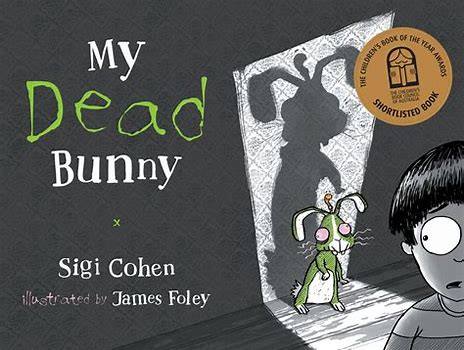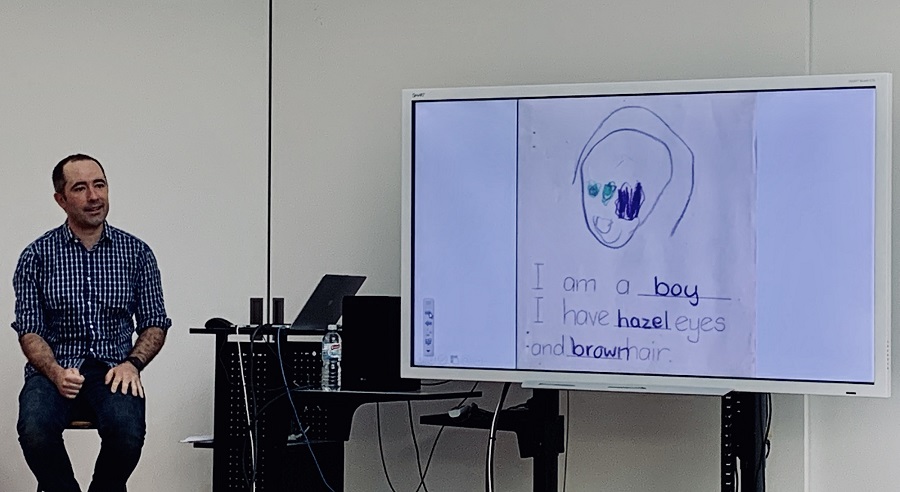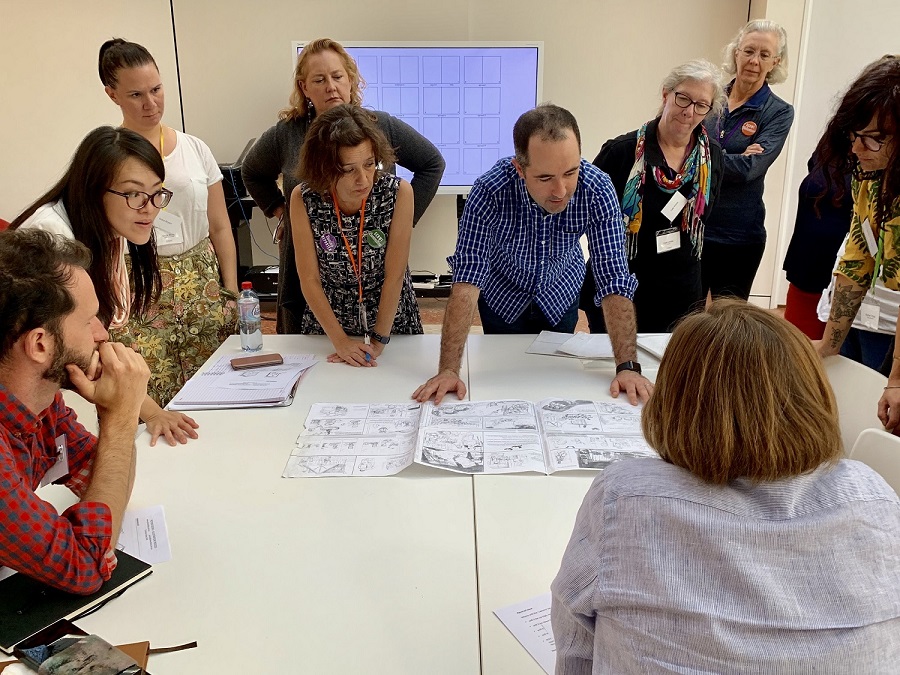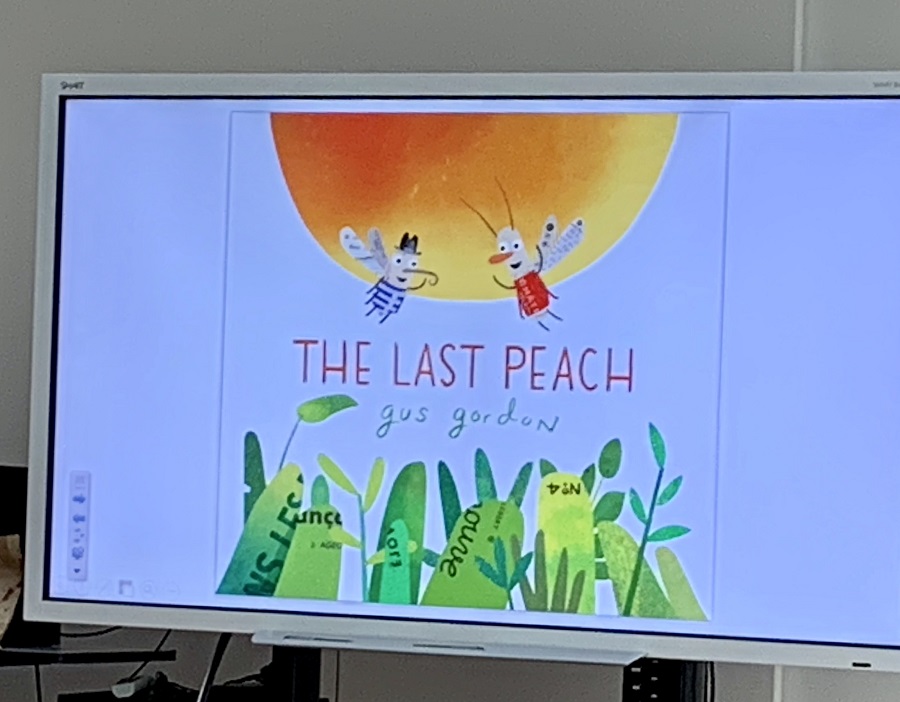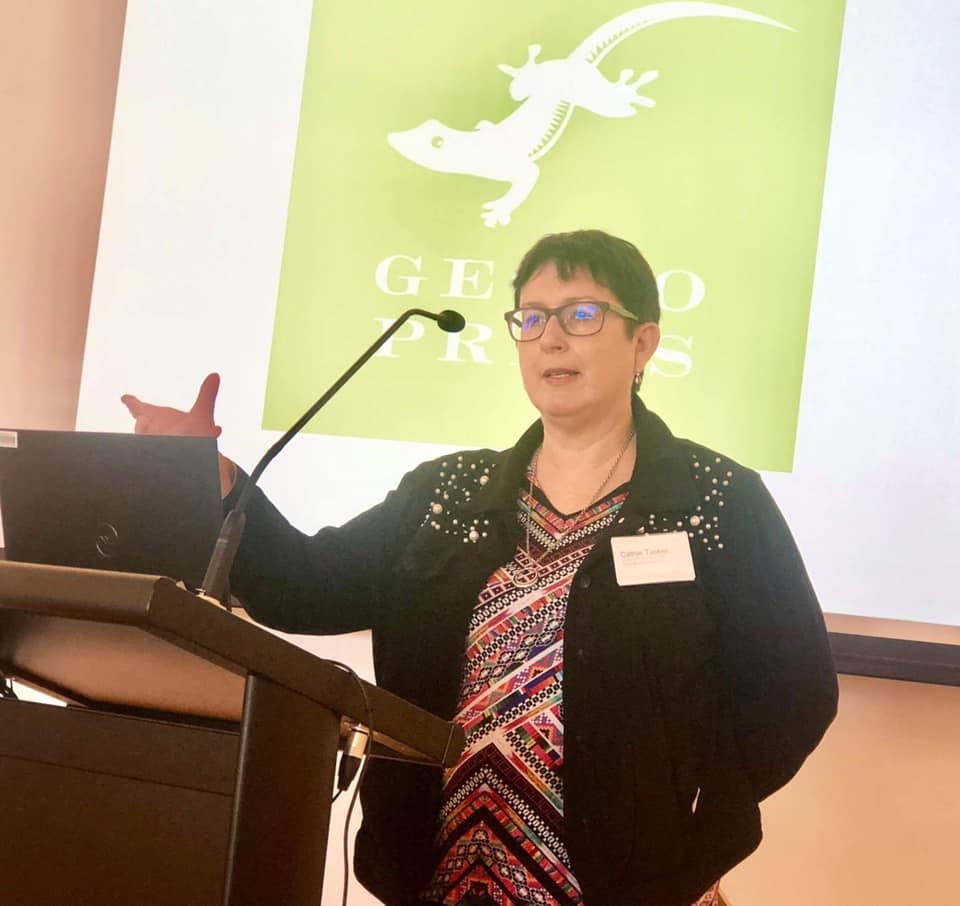Learning how to bring illustrations alive and their impact on the visual narrative is key to successful picture book illustration. James Foley used his CBCA shortlisted book My Dead Bunny as an example of picture book illustration in this captivating master class.
James talked about how character design, choice of media, colour, line, typography, image boundaries and composition all affect the visual narrative, and how you can control these variables in your own work.
Research:
All books begin with research.
Use reference photos to help develop characters, setting and colours.
Character design:
Sketch and re-sketch the character in many different ways.
Try a variety of styles: realistic, cartoon etc.
What size and shape will their body have? tall, short, solid, circles, triangles, squares
What type of body language or mannerisms wills they how?
What colour scheme, patterns, line work style will be used for the illustrations?
Develop Character Reference Sheets showing the character from the front view, three quarter view and profile.
Develop Cast Sheets to see all the characters next to each other.
Check to see if the characters are identifiable from one another. As a silhouette you should be able to tell who each character is from their outline.
Planning - storyboards, dummy books:
James shared a few of his storyboards and dummy books. He described this step like jigsaw pieces coming together to make a complete picture.
Storyboards and dummy books show:
Pacing and page turns.
Illustrations with the text placed on the page.
That the important information is not in the gutter or bleed area.
How the extra story layers work with the main story.
That eye movement pathways from left to right for both the text and images.
Media Testing:
James used a range of images from books to highlight how media choice creates the tone of the story. Media may include but is not limited to; watercolour, acrylic, pencil, pastels, paper collage, digital, mud and food.
Take a look at some of the books James showed the masterclass and the media they were created with:
Flood by Jackie French and Bruce Whatley
I’m a Dirty Dinosaur by Janeen Brian and Ann James
Water Witcher by Jan Ormerod (out of print but accessible in Story Box Library)
Harry and Hopper by Margaret Wild and Freya Blackwood (out of print)
Quentin Blake illustrations from Charlie and the Chocolate Factory
The Last Peach by Gus Gordon
The Hungry Caterpillar by Eric Carle
Final Artwork
The last step of creating a picture book is creating the final artwork. The typography has been chosen and the visual narrative is cohesive. All the pieces of the jigsaw puzzle are in the right spot.
Now it is your turn to create using this illustration process. Participants had a short amount of time to develop characters using the process and the story Ugly Fish written by Kara LaReau.
Happy Illustrating!
#SCBWISyd
Extras - Video Links:
Ann James Painting with Mud is my Medium
Quentin Blake How to Draw Willy Wonka
Bruce Whatley Drawing Your Characters with Bruce Whatley
Gus Gordon Meet Gus Gordon, Story Box Library
Eric Carle Eric Carle on the illustration of the Brown Bear Series

